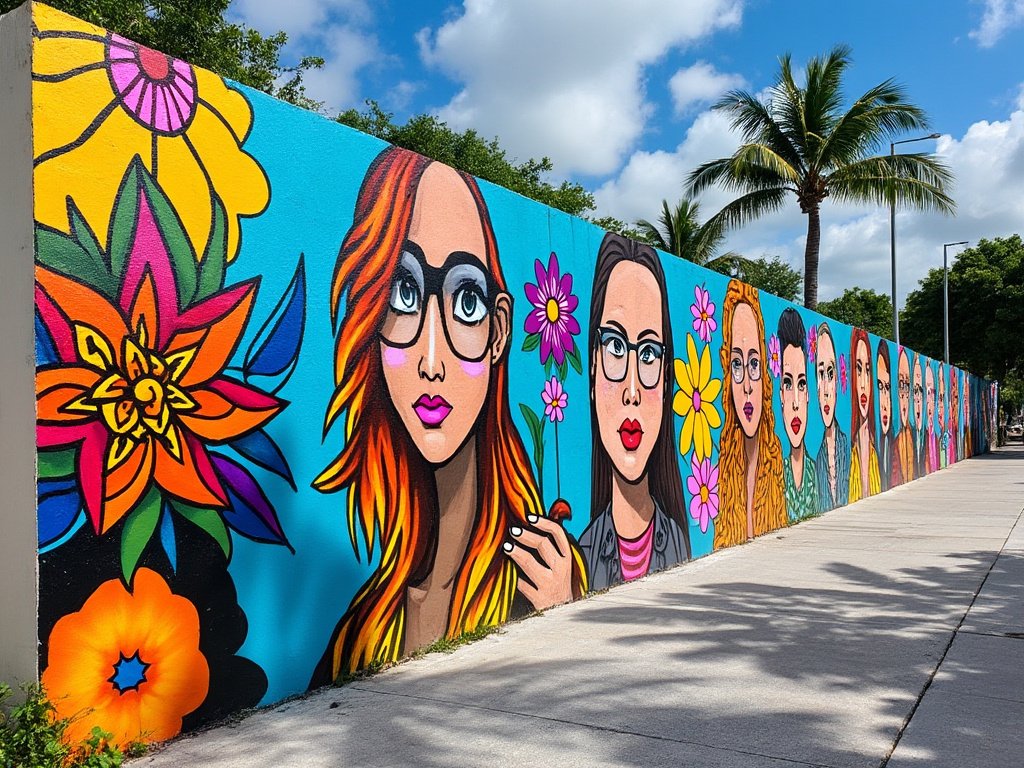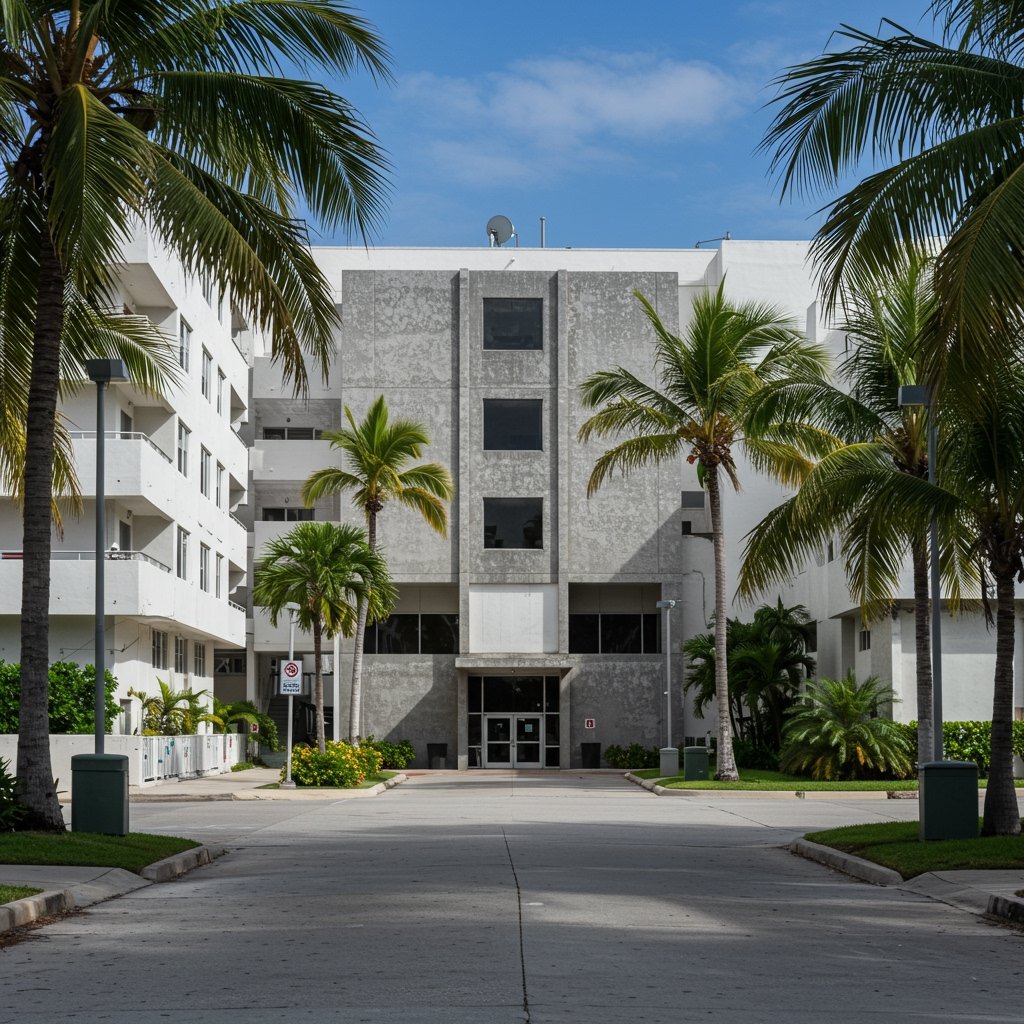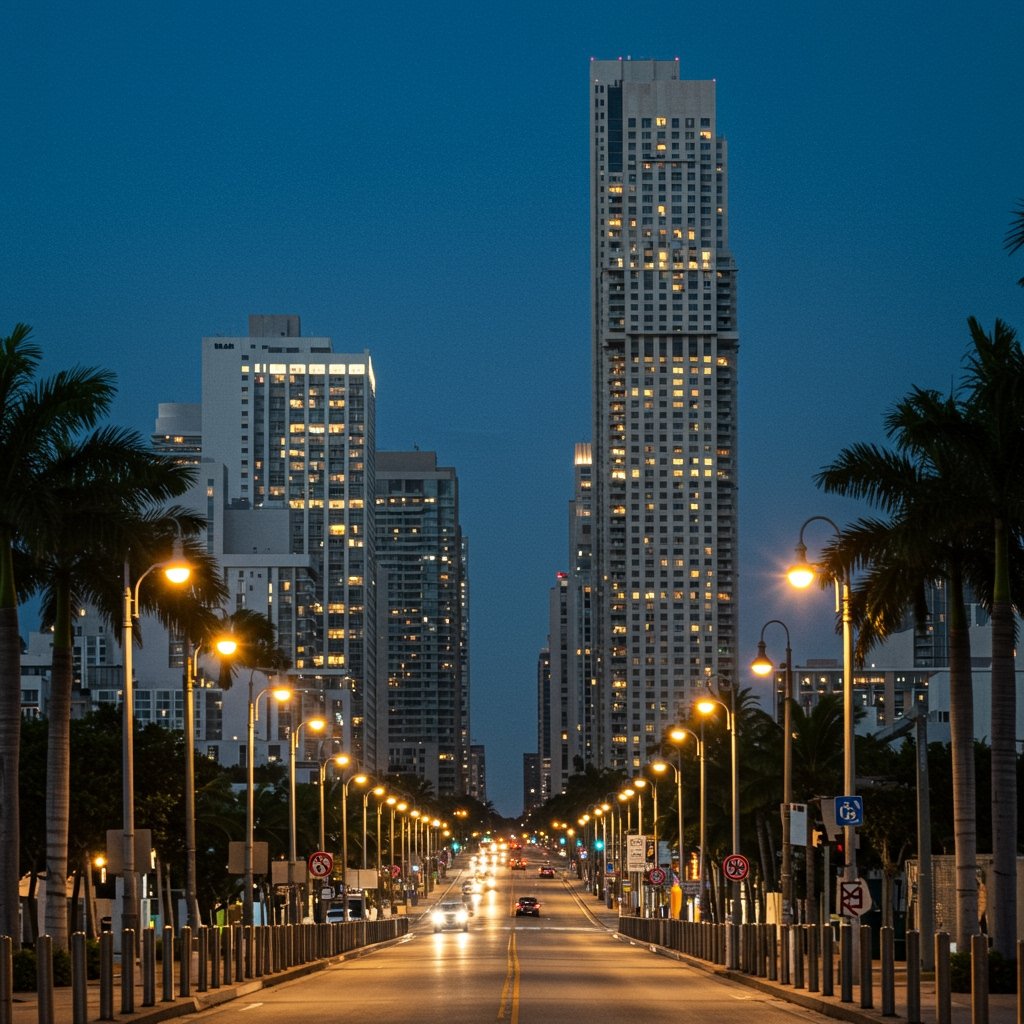Miami is known for its sun-kissed beaches, electric nightlife, and the cultural melting pot that defines the city’s soul. But over the past two decades, a new icon has emerged: Wynwood, the once-industrial district turned into a vibrant outdoor museum of street art. As one of the world’s most renowned urban art hubs, Wynwood has transformed Miami’s cultural identity while becoming a magnet for international artists, tourists, and locals alike. What sparked this transformation, and why does it matter so much to Miami? Let’s explore how Wynwood’s evolution from warehouses to walls has left an indelible mark on the city’s creative landscape.
Wynwood wasn’t always the kaleidoscope of color and creativity that it is today. For much of the 20th century, it was an industrial and working-class neighborhood, dotted with warehouses and factories. By the 1980s and 1990s, however, the area had fallen into neglect, with abandoned buildings and crime becoming the norm. The community needed revitalization, and it came in the form of art.
Enter Tony Goldman, the visionary developer who saw potential where others saw blight. In 2009, Goldman envisioned Wynwood as a space where artists could use the walls as their canvas, bringing life back to the area. He established the Wynwood Walls, an open-air gallery featuring large-scale murals by some of the world’s most celebrated street artists. What began as a curated project quickly became a catalyst for a full-fledged artistic movement.
The Wynwood Walls introduced Miami to street art in a way that transcended graffiti’s often-misunderstood reputation. The works showcased not just rebellious expression but also technical mastery and cultural commentary. Artists like Shepard Fairey, known for his iconic Obama “Hope” poster, and Brazilian duo Os Gêmeos created pieces that instantly drew attention. The neighborhood’s blank walls soon became coveted spaces for artists eager to make their mark, and Wynwood became a mecca for urban art.
What sets Wynwood apart from other art districts around the world is its dynamic interplay between art, community, and commerce. While the murals themselves are undeniably the stars of the show, they’ve also spurred economic growth and cultural engagement. Boutiques, cafes, galleries, and breweries have popped up, creating a vibrant ecosystem that blends creativity with entrepreneurship. Wynwood has become not just a destination for art lovers but a lifestyle experience, with its eclectic mix of offerings attracting millions of visitors each year.
This surge in popularity, however, has not come without its challenges. As the neighborhood has become more gentrified, concerns about affordability and the displacement of long-time residents have emerged. Some critics argue that Wynwood’s evolution has veered too far into commercialism, diluting the authenticity that made it unique in the first place. Despite these concerns, Wynwood’s impact on Miami’s cultural narrative remains undeniable. It has elevated street art as a legitimate and celebrated form of artistic expression, bridging the gap between underground culture and mainstream acceptance.
Beyond the murals themselves, Wynwood has become a platform for events that celebrate art and culture on a grand scale. Art Basel Miami Beach, one of the world’s premier art fairs, has helped to cement Miami’s reputation as a global art capital, with Wynwood serving as an unofficial satellite venue. During Art Week, the district comes alive with pop-up galleries, live performances, and interactive installations, drawing collectors, influencers, and enthusiasts from around the globe.
But Wynwood isn’t just about international fame—it’s also deeply rooted in Miami’s local culture. The district serves as a reflection of the city’s diverse communities, with many murals paying homage to Miami’s Latin, Caribbean, and African-American heritage. Artists often incorporate themes of migration, identity, and resilience, creating a dialogue that resonates deeply with the people who call Miami home.
The neighborhood’s vibrancy extends into the night, where the art takes on a new dimension. Illuminated by glowing neon lights, Wynwood’s murals and graffiti become a backdrop for a buzzing nightlife scene. Bars like Gramps and rooftop lounges like No. 3 Social offer live music, craft cocktails, and a creative atmosphere that feels distinctly Miami. Food trucks, featuring everything from Venezuelan arepas to gourmet tacos, line the streets, providing late-night sustenance to revelers.
As Wynwood continues to grow and evolve, so does its role in Miami’s identity. It has become a symbol of transformation—not just for the neighborhood but for the city itself. Miami is often seen through the lens of its beaches and nightlife, but Wynwood tells a different story, one of resilience, creativity, and community.
Perhaps the most remarkable aspect of Wynwood’s story is how it has redefined what a public art space can be. Unlike traditional galleries and museums, which can feel exclusive or intimidating, Wynwood is accessible to everyone. The streets themselves become the exhibition, and the city’s residents and visitors become both the audience and participants in the art. This sense of inclusivity has made Wynwood a place where art is not just seen but felt.
For Miami locals, Wynwood is a source of pride, a reminder of the city’s ability to reinvent itself. For tourists, it’s a must-see destination that encapsulates the energy and spirit of Miami. And for the artists who paint its walls, it’s a blank canvas that offers limitless possibilities.
As the sun sets over the colorful streets of Wynwood, it’s clear that the neighborhood’s transformation is more than just a trend—it’s a movement. From its humble beginnings as an industrial district to its current status as an international art hub, Wynwood has proven that creativity can breathe new life into a community. Its murals are more than just works of art; they are symbols of Miami’s ever-evolving identity.
So, next time you find yourself wandering through Wynwood, take a moment to soak it all in. Look beyond the vibrant colors and intricate designs, and you’ll see a story of resilience, innovation, and hope. Because in Miami, the walls truly do talk.




